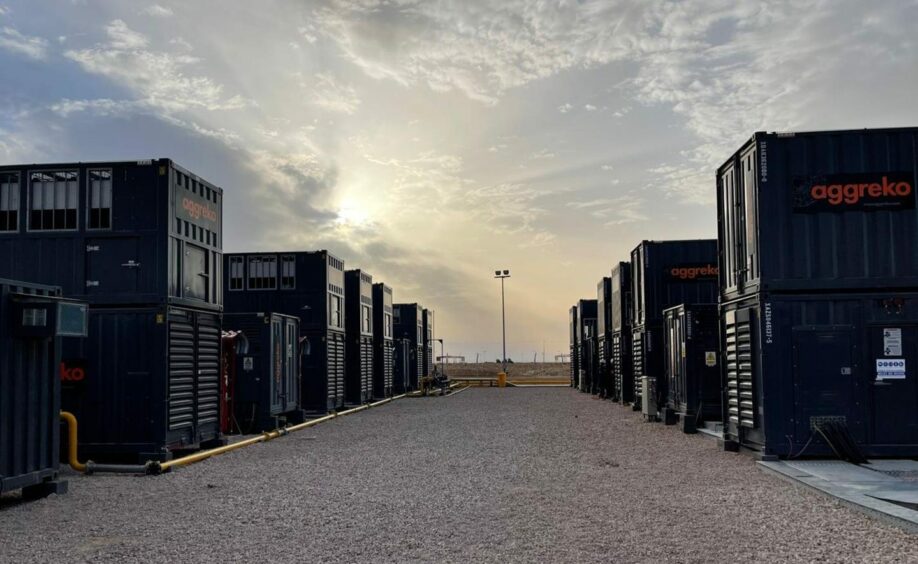
Egypt continues to be a major source of flaring – but has made progress in reducing this process and further gains should be relatively straightforward argues Capterio.
The North African country flares 2.1 billion cubic metres per year of gas, making it the 12th largest flarer in the world. While its flaring is relatively low compared to its neighbours, flaring intensity is twice the world average.
When combined with gas that may be vented or inefficiently burned, the consultant estimated that Egypt was losing 3.7 bcm.
Capterio reports that 90% of Egypt’s flaring is routine, in that it happens most days, but also that 75% of volumes are within 20 km of an existing gas pipeline. “These factors suggest that flaring in Egypt is a very fixable problem.”
The country has cut flaring by around 6% per year for the last six years.
Capterio noted projects in Egypt where gas was captured through new pipeline connections. It also pointed to operators using associated gas to power their own operations, as an alternative to consuming diesel.
The consultants said “many significant flare capture projects” could materially cut flaring within 9-18 months. Over three or four years, it believes various plans could reduce flaring by at least 50%.
Changing demand
Egypt will host the COP27 meeting in November. This, Capterio said, would provide the “perfect platform” to highlight Egypt’s progress and support other countries on a similar path.
European demand is mounting for non-Russian alternatives, while Egypt has curbed domestic power generation in order to export more. Securing additional Egyptian supplies would help both Cairo and Europe.
Europe declared gas to be a green fuel earlier this year. Capterio called for institutions such as the European Investment Bank (EIB) to invest into flare capture projects selectively. Such a move would improve energy security while also cutting the industry’s carbon.
“After all, flares will generally not be fixed without investment, and often it is the countries with the lowest cost of oil supply that will not only be producing oil for the longest, but also need the most flaring investment.”

